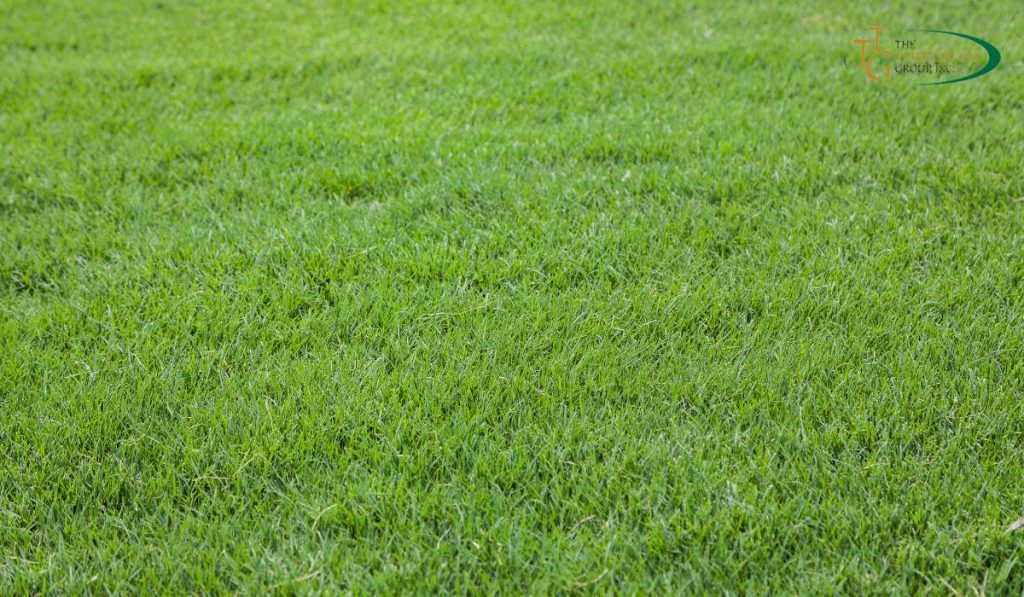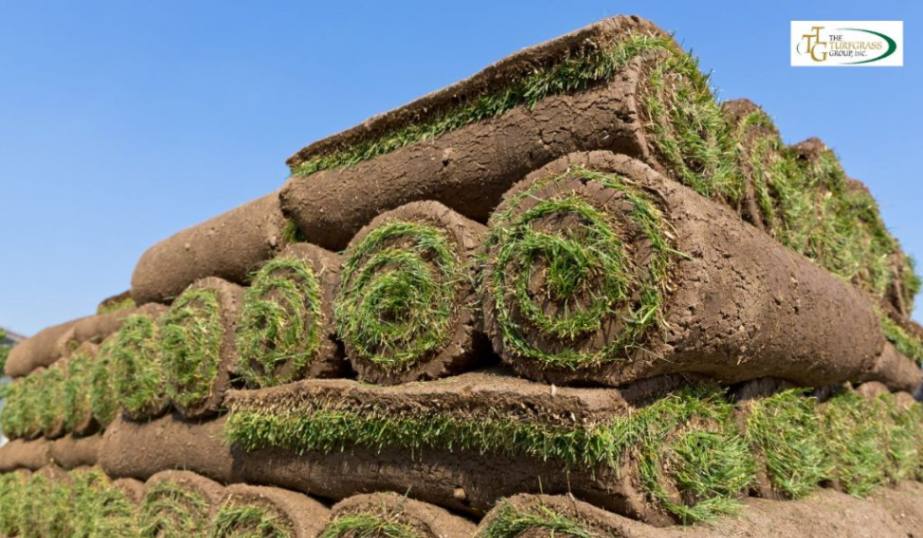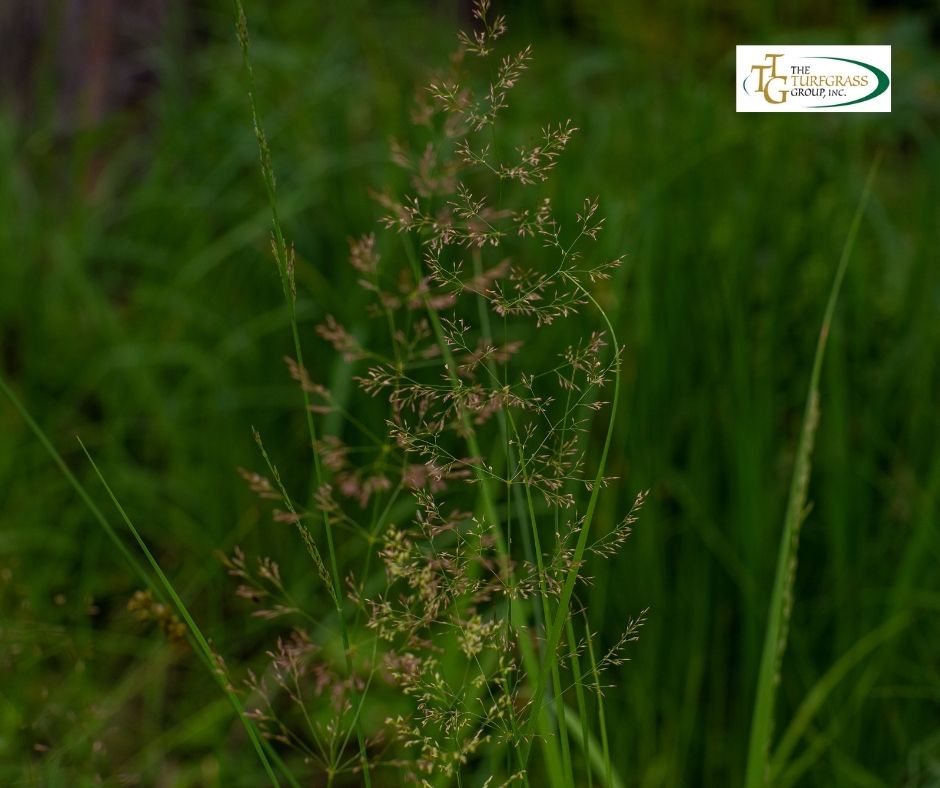
Spring is an ideal time to start planting grass for a lush, green lawn.
However, selecting the right grass variety is crucial for success.
With numerous options available, it can be overwhelming to choose the best one for your lawn.
In this guide, we will explore some of the top grass varieties suited for spring planting, considering factors such as climate, soil type, and maintenance requirements.
Factors to Consider When Choosing Grass Varieties
- Climate: Consider the temperature and precipitation patterns in your region to choose a grass variety that thrives in your climate.
- Soil Type: Assess your soil’s texture, pH, and drainage to select a grass variety that is well-suited to your soil conditions.
- Maintenance Requirements: Evaluate factors such as mowing frequency, water needs, and pest resistance to choose a grass variety that aligns with your maintenance preferences.
Kentucky Bluegrass (Poa pratensis)
Kentucky Bluegrass is a popular cool-season grass known for its dense, lush growth and rich green color.
It thrives in regions with cold winters and moderate summers, making it an excellent choice for northern climates.
Kentucky Bluegrass requires full sun to partial shade and well-drained soil. It’s resilient, tolerating moderate foot traffic and recovering quickly from damage.
Bermuda Grass (Cynodon dactylon)
Bermuda Grass is a warm-season grass that excels in hot climates with full sun exposure.
It’s known for its excellent heat and drought tolerance, making it a top choice for southern regions.
Bermuda Grass establishes quickly and forms a dense turf, ideal for high-traffic areas.
It prefers well-drained soil and is relatively low-maintenance once established.
Fescue Grass (Festuca spp.)
Fescue Grass encompasses several species, including Tall Fescue, Fine Fescue, and Creeping Red Fescue.
These cool-season grasses are adaptable and can thrive in a variety of climates.
Tall Fescue is known for its durability and tolerance to heat, drought, and shade, making it suitable for transitional zones.
Fine Fescue varieties perform well in shady areas with poor soil conditions.
Creeping Red Fescue is often used in blends for its fine texture and shade tolerance.
Zoysia Grass (Zoysia spp.)

Zoysia Grass is a warm-season grass valued for its dense, carpet-like growth and tolerance to heat, drought, and heavy foot traffic.
It’s well-suited for southern regions but can also thrive in transitional climates.
Zoysia Grass forms a thick turf that chokes out weeds once established.
It prefers full sun but can tolerate some shade and has moderate water and maintenance requirements.
Ryegrass (Lolium spp.)
Ryegrass is a versatile cool-season grass commonly used for overseeding warm-season lawns or as part of a blend for temporary green coverage.
It germinates quickly and establishes rapidly, providing a temporary green lawn in spring and fall.
Ryegrass varieties include annual and perennial types, each with unique characteristics and maintenance requirements.
St. Augustine Grass (Stenotaphrum secundatum)
St. Augustine Grass is a warm-season grass that thrives in coastal regions with mild winters and hot, humid summers.
It’s prized for its lush, carpet-like appearance and shade tolerance, making it ideal for lawns with partial shade.
St. Augustine Grass establishes quickly and forms a dense turf that helps prevent weed growth.
While it requires regular watering, it has moderate maintenance requirements overall.
Centipede Grass (Eremochloa ophiuroides)
Centipede Grass is a low-maintenance warm-season grass popular in the Southeastern United States.
It’s known for its light green color, low growth habit, and excellent tolerance to acidic soils.
Centipede Grass is relatively slow-growing compared to other warm-season varieties, reducing the need for frequent mowing.
It thrives in full sun to partial shade and requires minimal fertilization.
Bahia Grass (Paspalum notatum)
Bahia Grass is a warm-season grass prized for its excellent heat and drought tolerance, making it a top choice for Southern regions.
It’s known for its coarse texture and deep root system, which allows it to withstand prolonged periods of drought.
Bahia Grass is relatively low-maintenance once established and is resistant to pests and diseases common in warm climates.
Annual Ryegrass (Lolium multiflorum)
Annual Ryegrass is a cool-season grass often used for overseeding warm-season lawns or as a temporary cover crop.
It germinates quickly and provides rapid green coverage, making it popular for quickly establishing lawns or covering bare areas.
Annual Ryegrass is typically used in regions with mild winters, where it thrives during the cooler months before dying off in the summer heat.
Bentgrass (Agrostis spp.)

Bentgrass is a cool-season grass valued for its fine texture and dense growth habit, making it popular for golf courses and ornamental lawns.
It prefers cool, moist climates and thrives in regions with mild summers and cold winters.
Bentgrass requires high maintenance, including frequent mowing, watering, and fertilization, to maintain its lush appearance.
Conclusion
Choosing the best grass variety for spring planting involves considering factors such as climate, soil type, maintenance requirements, and intended use.
Whether you’re looking for a lush, cool-season lawn or a resilient warm-season turf, there are numerous options available to suit your needs.
By selecting the right grass variety and providing proper care, you can establish a healthy, vibrant lawn that enhances your outdoor space for years to come.
For further assistance or inquiries about grass varieties and planting tips, feel free to contact The Turfgrass Group.
FAQs
Why is spring considered an ideal time for planting grass?
Spring provides optimal conditions for grass growth, including warmer temperatures and increased sunlight, which promote rapid germination and establishment of grass seedlings. Additionally, spring often brings ample rainfall, reducing the need for extensive irrigation.
How do I choose the best grass variety for my lawn?
Several factors should be considered when selecting a grass variety, including climate, soil type, and maintenance requirements. Assess your region’s climate, soil texture, pH levels, and drainage to determine which grass varieties are most suitable for your lawn. Consider factors such as mowing frequency, water needs, and pest resistance to choose a variety that aligns with your maintenance preferences.
What are the key factors to consider regarding climate when choosing grass varieties?
Climate plays a significant role in determining which grass varieties will thrive in your lawn. Consider factors such as temperature ranges, precipitation patterns, and humidity levels in your region. Choose grass varieties that are well-suited to your climate, whether it’s warm-season grass for hot summers or cool-season grass for colder temperatures.
How important is soil type when selecting grass varieties?
Soil type directly affects a grass variety’s ability to thrive. Assess your soil’s texture, pH levels, and drainage capabilities. Some grass varieties prefer sandy soils with good drainage, while others thrive in clay soils with higher moisture retention. Select grass varieties that are well-adapted to your soil conditions for optimal growth and performance.
What are the maintenance requirements I should consider when choosing a grass variety?
Maintenance requirements vary among grass varieties and can include factors such as mowing frequency, water needs, and pest resistance. Choose a grass variety that aligns with your maintenance preferences and lifestyle. Consider how much time and effort you’re willing to invest in lawn care when selecting the best grass variety for your lawn.
Can you provide an overview of some popular grass varieties suitable for spring planting?
Certainly! Some popular grass varieties for spring planting include:
- Kentucky Bluegrass: Ideal for northern climates with cold winters and moderate summers.
- Bermuda Grass: Thrives in hot climates with excellent heat and drought tolerance.
- Fescue Grass: Adaptable cool-season grasses suitable for various climates and soil conditions.
- Zoysia Grass: Well-suited for southern regions with dense, carpet-like growth and heat tolerance.
- Ryegrass: Versatile cool-season grass used for overseeding warm-season lawns or temporary green coverage.
- St. Augustine Grass: Thrives in coastal regions with mild winters and hot, humid summers.
- Centipede Grass: Low-maintenance warm-season grass popular in the Southeastern United States.
- Bahia Grass: Excellent heat and drought tolerance, ideal for Southern regions.
- Annual Ryegrass: Cool-season grass used for overseeding or temporary cover crop.
- Bentgrass: Fine-textured cool-season grass valued for its dense growth habit.
How do I ensure successful establishment and maintenance of my chosen grass variety?
To ensure successful establishment and maintenance of your chosen grass variety, follow proper planting and care practices. Prepare the soil adequately before planting, ensure proper watering and fertilization, and mow the lawn according to the recommended height for your grass variety. Additionally, monitor for pests and diseases and address any issues promptly to maintain a healthy and lush lawn.
Can I mix different grass varieties in my lawn?
Yes, you can mix different grass varieties in your lawn, which is often referred to as a blend. Mixing grass varieties can offer several benefits, such as enhanced resilience to environmental stressors, improved aesthetics, and better adaptation to varying soil and light conditions. When mixing grass varieties, consider factors such as compatibility, growth habits, and maintenance requirements to ensure harmonious coexistence and optimal performance.
How can I determine the appropriate mowing height for my grass variety?
Determining the appropriate mowing height for your grass variety is essential for promoting healthy growth and maintaining an attractive lawn. Generally, the recommended mowing height varies depending on the grass species and cultivar. As a rule of thumb, avoid cutting more than one-third of the grass blade length in a single mowing session to prevent stress and scalping. Refer to specific guidelines for your grass variety to determine the ideal mowing height, taking into account factors such as growth habit, season, and environmental conditions.